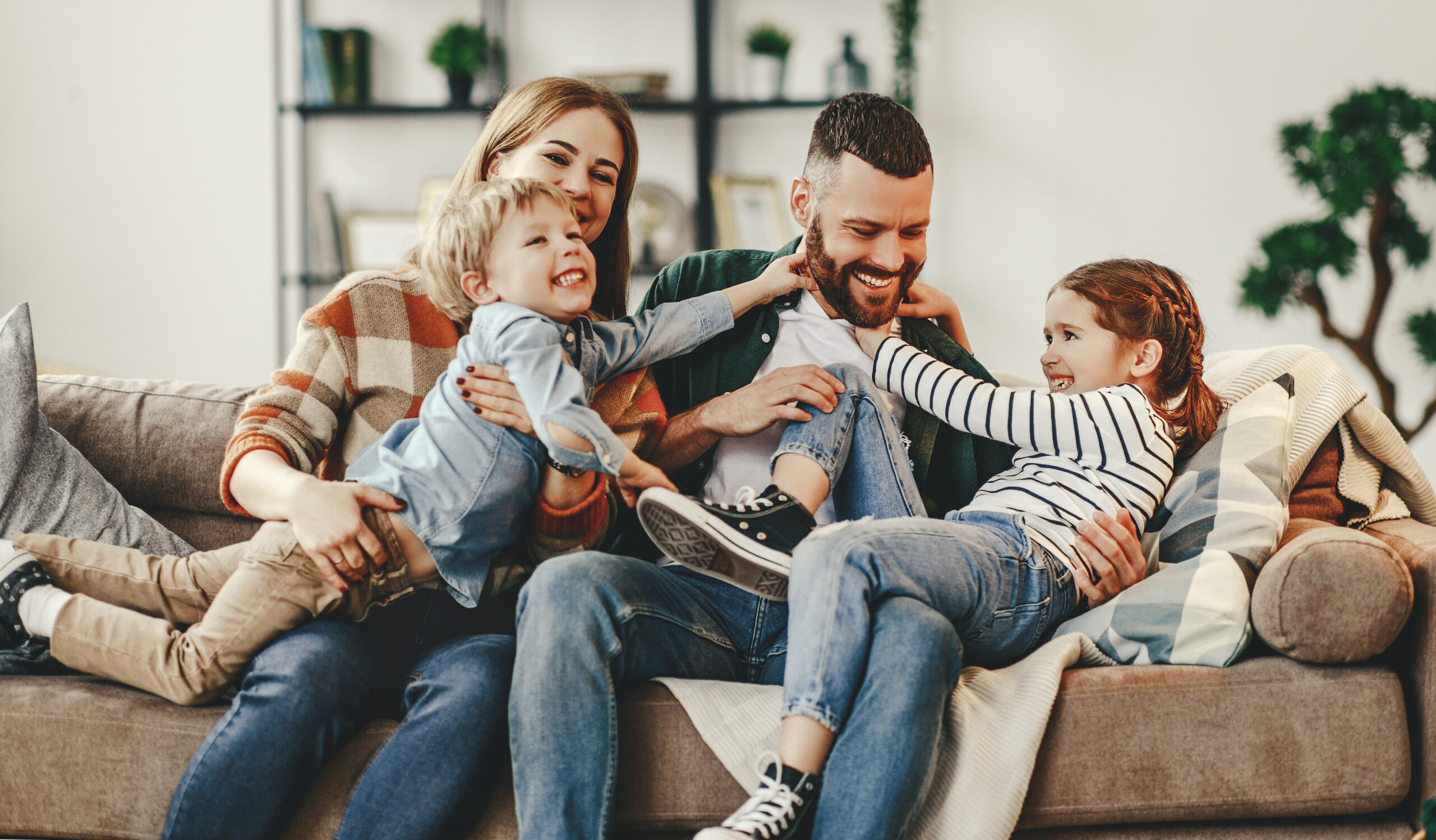High speeds affect the occurrence of accidents
Young people’s exercise-related accidents are prevalent in sports where high speeds, falls and making contact are common. However, the benefits of engaging in physical activity are very significant. To prevent exercise-related injuries, take into consideration the versatility of physical activity, sufficient rest and nutrition. It is essential to wear the necessary protective equipment.
Road accidents cause the most accidental deaths among people aged under 25. The reasons behind young people’s traffic accidents include excessive speed, unfastened seat belts and an intoxicated or otherwise risk-taking driver.
Substance abuse increases the risk of accidents among young people
Key factors affecting the risk of accidents also include mental and physical well-being and risk behaviour, which are influenced by, for example, social relationships. Mental health problems are also linked, for example, to poisonings among young people. In the age group of 15–24, the second most common cause of accidental death is poisoning, which is often rooted in intoxicants and self-harming. Finding out the reasons for using intoxicants, identifying potential problems early, and offering guidance and support are essential for preventing the poisonings of young people.
Cooperation is needed to prevent accidents among young people
Schools’ tasks include organising education and teaching on safety. The safety objectives of different subjects deepen youth’s understanding of safety. Safety promotion and safety skills in the following areas are practices at school: traffic, fire and electrical safety, accidents, poisonings, intoxicants, prevention of bullying, physical and mental integrity, and acting in first aid and emergency situations.
Young people need safety education provided at both home and school: knowledge of the consequences of taking risks and getting into accidents.
Discuss the effects of the proper use of helmets, seat belts and other safety products on preventing accidents with young people. Teaching first aid skills to young people is also important. It is important for teachers, parents and hobby instructors or coaches to improve the safety of young people together.
Awareness-raising campaigns related to traffic, fire and water safety aimed at young people also strive to affect the youth’s attitudes and behaviour. Information on safety campaigns targeted at young people and the use of the relevant materials in schools and hobbies can be found on the websites of the campaigns listed below or on social media.
Read more
-

Home Safety
Each year, over 300,000 accidents occur in homes. Even small actions can improve home safety and prevent accidents. It is also a good idea to have a first aid kit in every home.
-

Types of Accidents
Most accidents occur at home and during leisure time. Accidents at home and during leisure time cause significantly more sick leave than work-related accidents. Sports injuries are the most common type of accident. (STM, 2013.)
Related links
Can you use the information on this page?
Give Feedback
With this form you can give us feedback.

